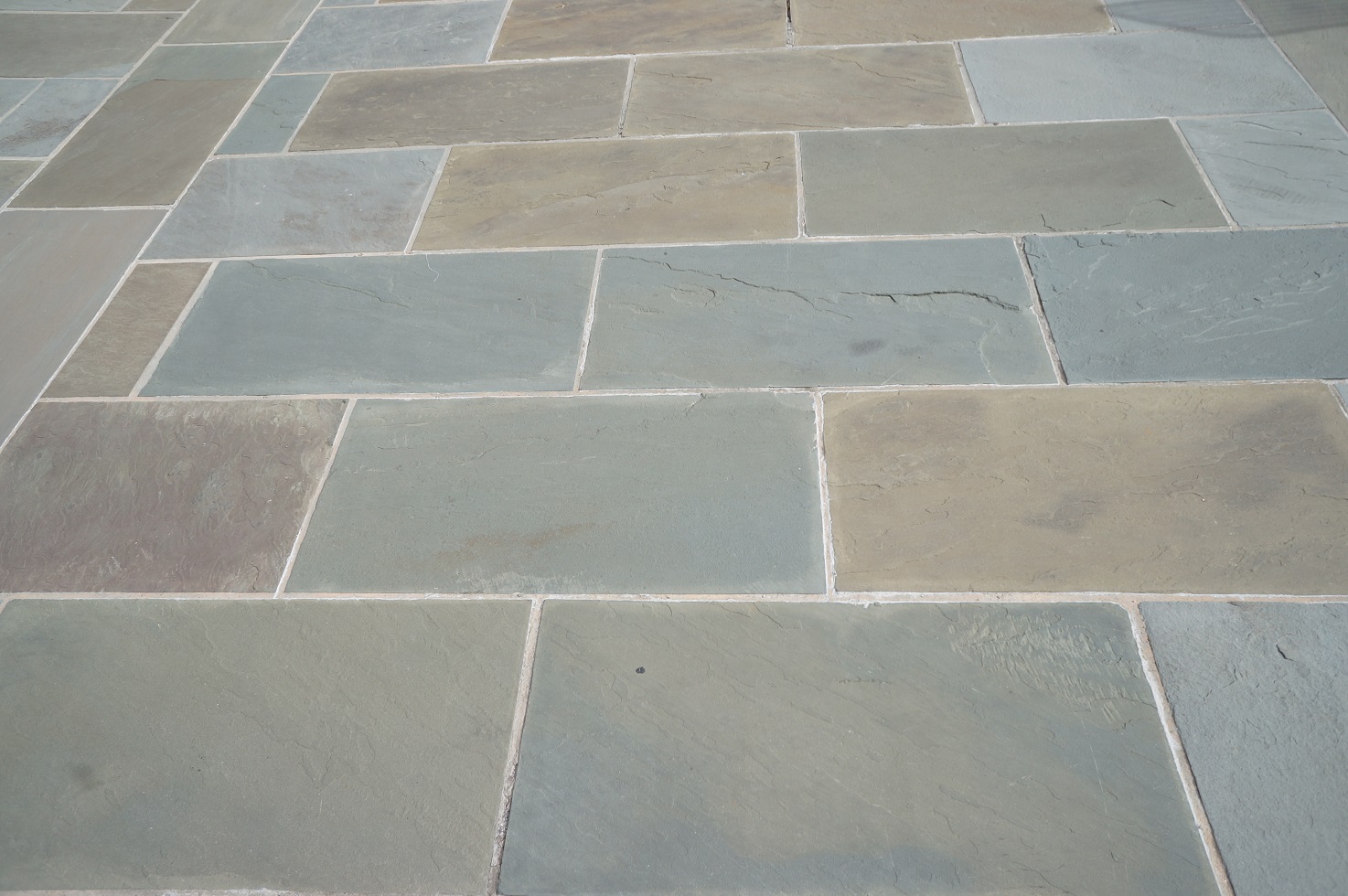Bluestone Pavers Cleaning & Sealing
Bluestone pavers are highly sought after by homeowners and landscape designers for their attractiveness and durability in outdoor spaces. As a result, they have gained long-standing fame in the industry.
With their classic, timeless looks and unique color variations, bluestone pavers add character to any patio or walkway.
This article will explore bluestone pavers and alternative options, including cobblestone and travertine.
Bluestone Pavers: An Overview
Bluestone pavers, sourced from quarries, offer a range of colors, including beiges, grays, blues, ochres, rusts, lavenders, and plums.
This broad color spectrum allows for versatile design possibilities, enabling homeowners to create unique, personalized spaces that reflect their style.
One of the most appealing aspects of bluestone pavers is their durability.
They withstand high-traffic areas and maintain their structural integrity over time, making them a practical choice for patios, walkways, and driveways.
Cobblestone Pavers: A Classic Alternative
Cobblestone pavers, another popular option, offer an old-world charm reminiscent of European streetscapes.
Write this sentence in less than 20 words or make it into 2 sentences
Travertine Pavers
Cobblestones are well-known for their durability and resistance to wear and tear, making them an excellent choice for high-traffic areas.
Additionally, their irregular shapes and sizes allow for creative, eye-catching patterns, enhancing the aesthetic appeal of your outdoor space.
Travertine Pavers: A Touch of Roman Elegance
Travertine, a favorite building material of the ancient Romans, offers another compelling alternative to bluestone pavers.
This sedimentary rock, formed by mineral deposits from hot springs, features a distinctive, porous texture that gives it a unique, timeless appearance.
Travertine pavers offer a warm, inviting ambiance with beige, cream, brown, and gold shades, enhancing different architectural styles.
Furthermore, their porous surface offers excellent slip resistance, making them a safe and practical option for pool decks and patios.
Compare Paver Options
When considering which paver to choose for your outdoor space, weighing each option’s pros and cons is essential. Here are some factors to consider when comparing bluestone, cobblestone, and travertine pavers:
Aesthetics: write this sentence in less than 20 words or make it into two sentences
Durability: All three paver types are known for their durability and resistance to wear and tear. However, due to their hardness and density, bluestone and cobblestone pavers may have a slight edge in high-traffic areas [1, 2].
Maintenance: While all three pavers require minimal maintenance, bluestone and cobblestone pavers may be more resistant to staining and discoloration than travertine due to their denser composition [1, 2]. Regular cleaning and sealing can help maintain the appearance and longevity of all three paver types.
Cost: The cost of pavers can vary based on the material, size, and installation. Bluestone and travertine pavers tend to be more expensive than cobblestone pavers, but it’s essential to consider each option’s long-term value and benefits when deciding [1].
With its attractive color variations and durability, Bluestone pavers remain famous for outdoor spaces.
However, it’s essential to consider alternative options, such as cobblestone and travertine pavers, when planning your patio, walkway, or driveway. Each option offers unique aesthetic and practical benefits.
You can select the paver type that best suits your needs and preferences by evaluating aesthetics, durability, maintenance, cost, and environmental compatibility.
